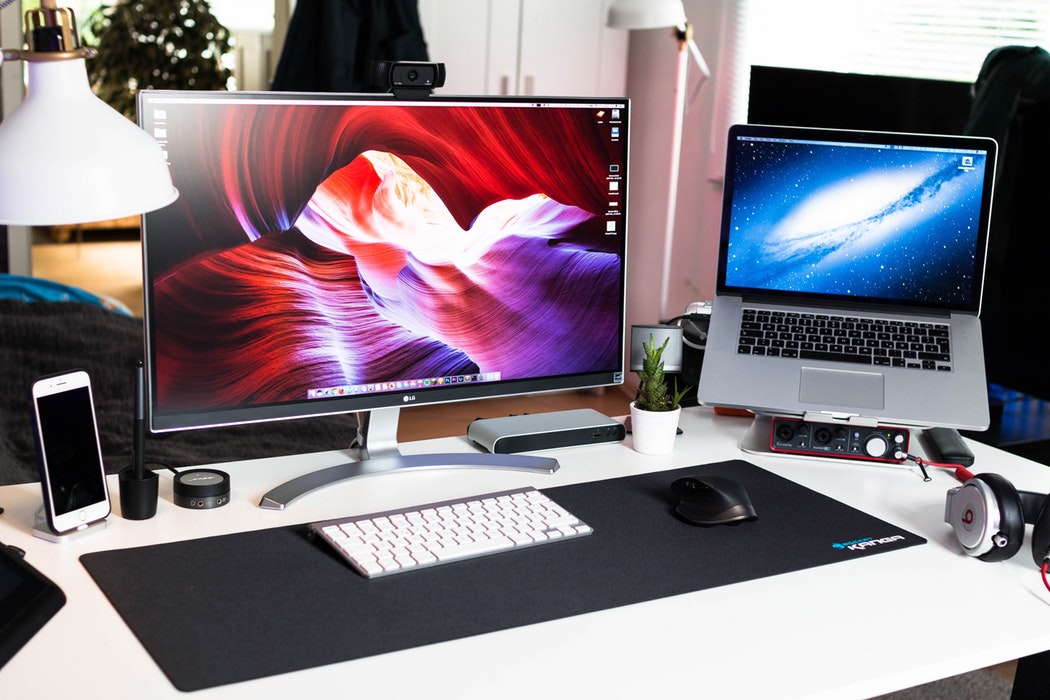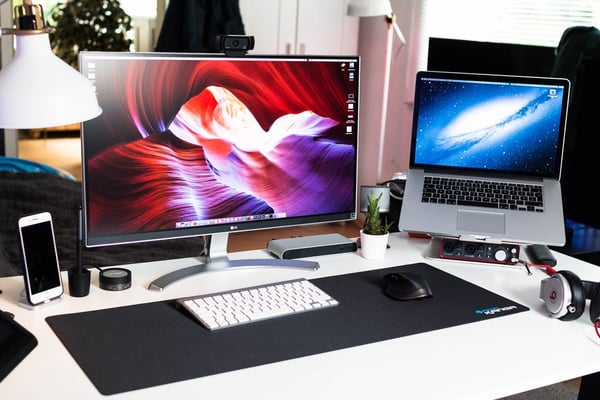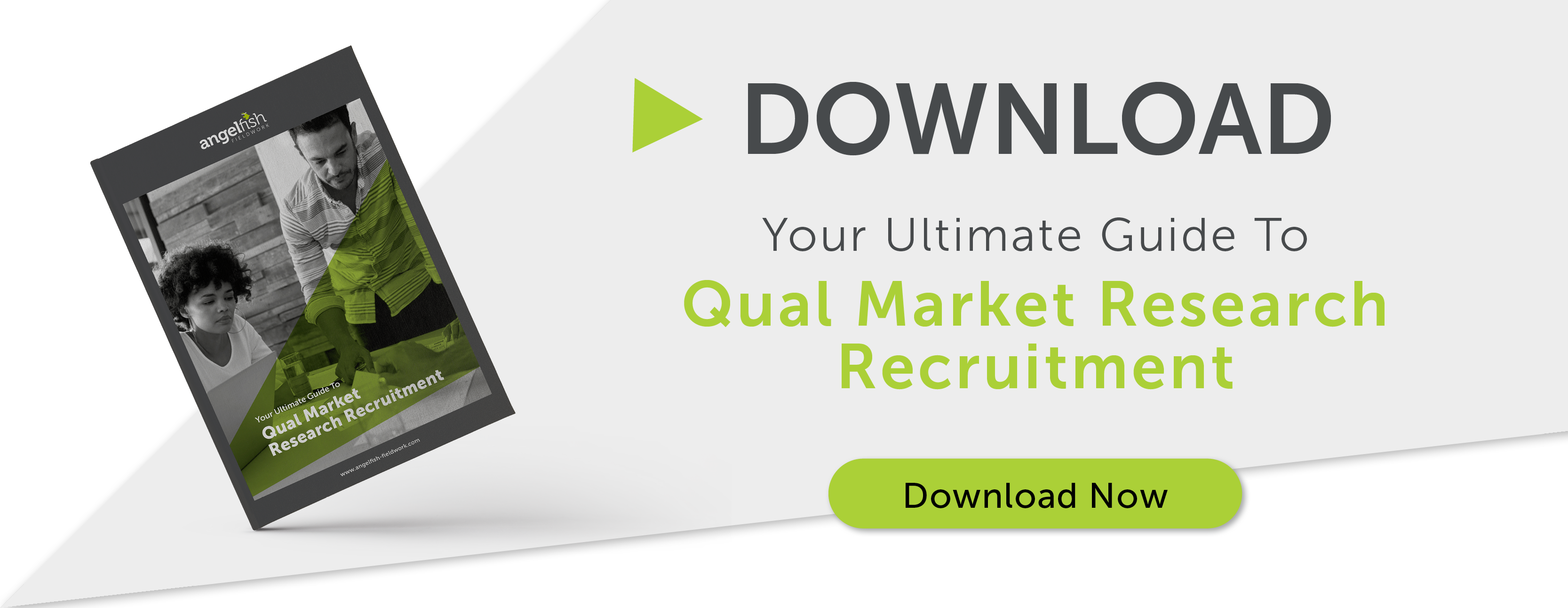
MR and the digital age - where do traditional research methods fit?
You don’t need us to tell you that technology has exploded in recent years. In fact, research suggests a staggering six billion people now have access to mobile phones, meaning that more people in the world have access to mobiles than they do toilets. And with technology quite literally washing over the globe, it’s no surprise that market research methodologies have been swept up in the technology wave, too.
Thanks to today’s technology, we can now simulate face-to-face research, hold discussions and carry out interviews all from the comfort of our own homes – and with online qual market research methods continuing to surge in popularity, what does it mean for traditional research methods?
Will digital methods replace traditional research methods?
However hard online qual tries, the fact is that it can’t replicate or replace traditional methods – at least not yet, anyway. Focus groups, in-home discussions, all these methodologies thrive on a face-to-face environment for interactions to happen organically, for conversations to flow naturally and for researchers to interpret what is happening by closely observing cues, actions and facial behaviours. And although online qual tries to replicate this, it can’t do so with the same level of success as traditional research methods as it is based purely on literal interpretations.
Online qualitative research needs a different type of moderation. Although video cameras enable researchers to read body language and facial expressions to some extent, it’s not the same as a face-to-face setting and online qual just can’t emulate empathy in the same way. This makes it more difficult for moderators to pick up on the subtle cues that reveal how respondents really feel about a topic or subject – and often, the most insightful data lies in these little cues. Without reading physical body language, moderators can’t always understand answers or even know when to probe further – and when you add dodgy internet connections these signs may sometimes be missed.

The benefits of digital research
One of the biggest benefits of digital research methods such as market research online communities, though, is that they make qualitative research as natural as possible. By being able to take part in research from the comfort of their own homes, at a time that suits your respondents and fits in around their lives, the idea is that researchers can create a relaxed environment where respondents are comfortable to open up and share their deepest thoughts and feelings; they don’t feel judged by others in a group discussion or embarrassed to admit something in a one-on-one setting.
As a result, digitalising some aspects of research could be a good thing and there are a number of benefits that traditional research methods can’t replicate such as:
- They are often quicker and more cost effective
- You don’t need to organise venues, catering, travel costs or finding a moderator
- Faster analysis compared to traditional research methods
- Provides insights from the research in real time so you don’t need to wait until the research has finished to collate the data
- There are no geographical restrictions or limitations so you can recruit from across the nation
The future of market research
As technology improves and evolves it’s set to continue to transform the way we conduct market research. From virtual reality enabling participants to pop on a headset to take part in interviews without having to even leave the house to neuroscience reading respondents’ hidden thoughts by tracking emotional responses through eye tracking, brainwave measurement and biometric testing, the possibilities are endless. And with new and exciting methodologies appearing on the market research horizon all the time, researchers and respondents alike will soon be able to enjoy a wealth of benefits such as increased efficiency, deeper insights and research techniques that fit in around their busy lives.
However, although all these new technologies are exciting, we must remember that they are still in their early stages and not get too carried away. Virtual reality and neuroscience aren’t right for every research situation, and as such traditional qualitative research methods don’t need to worry about their future just yet.
For now, then, we’ll just have to use a combination of both traditional and digital methods to get the most out of qualitative market research projects and gather the most insightful results possible. And as technology continues to improve and virtual reality becomes more advanced, who knows what the future holds? We’ll just have to wait and see…
If you are thinking about carrying out a qualitative market research study and want to discover how to get better results from your fieldwork, download our guide to getting the best insight from your research. 













